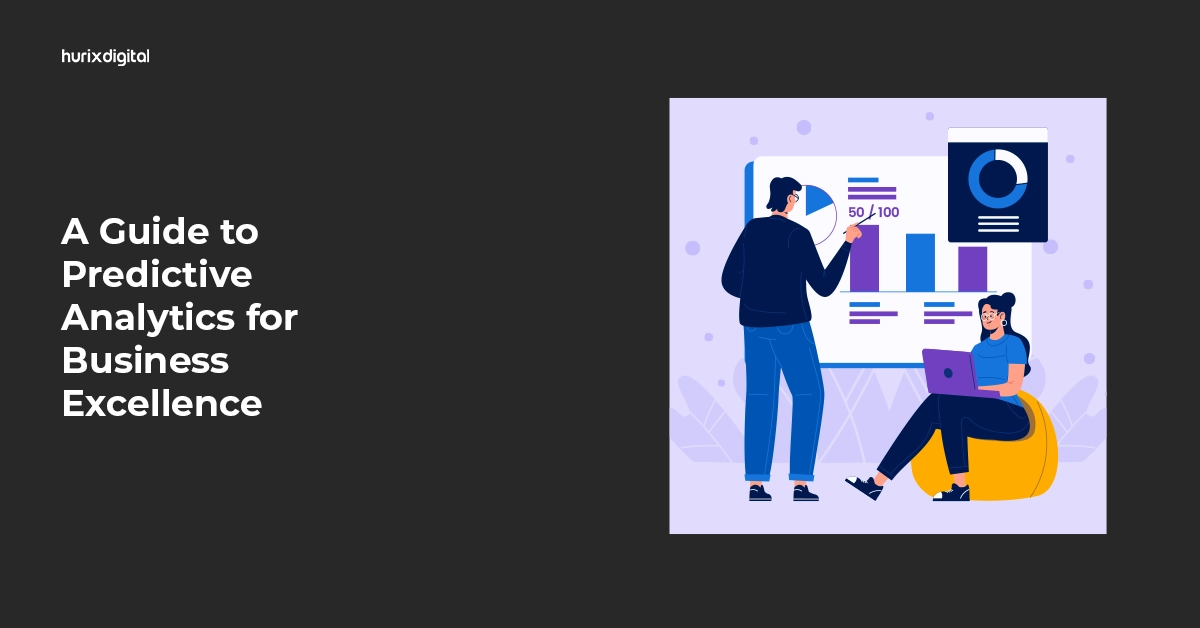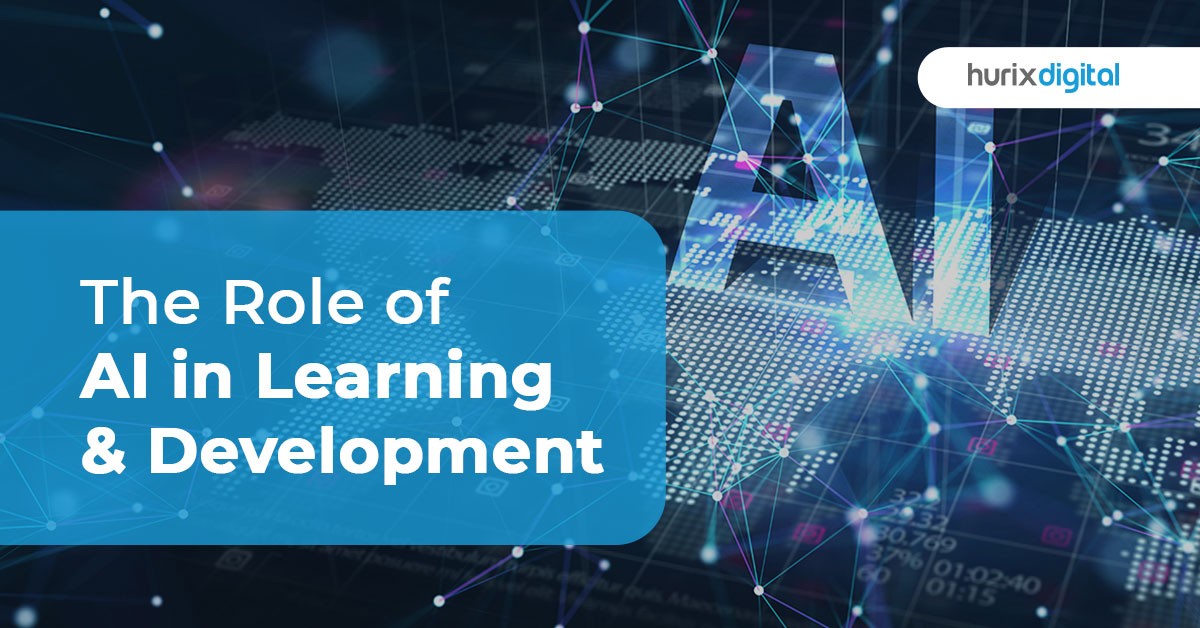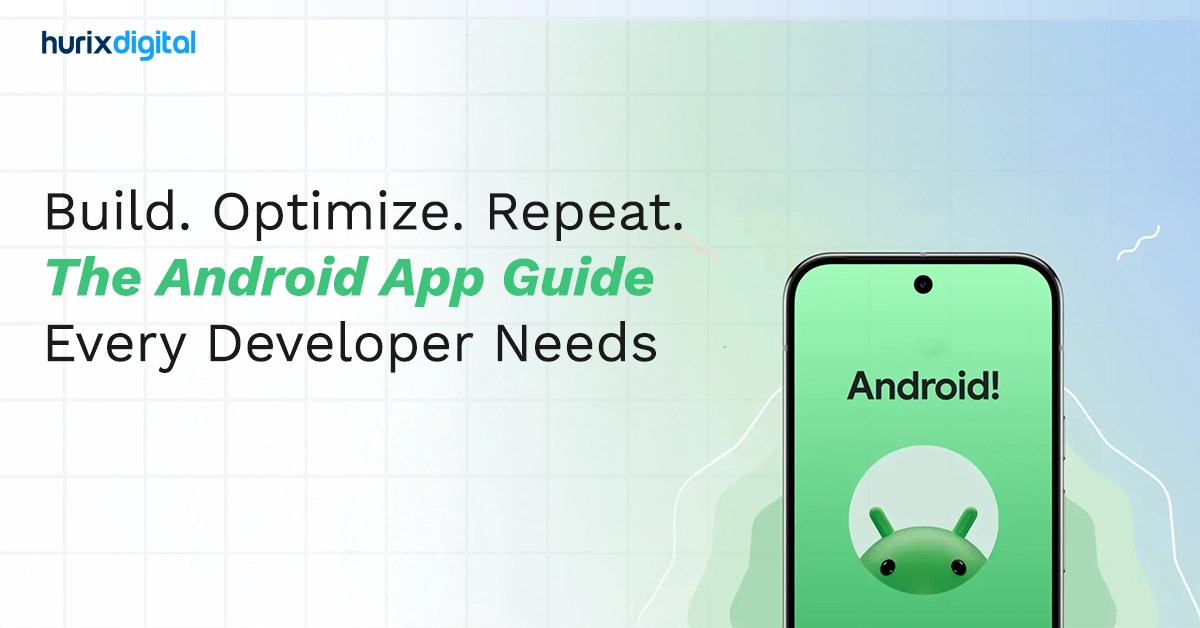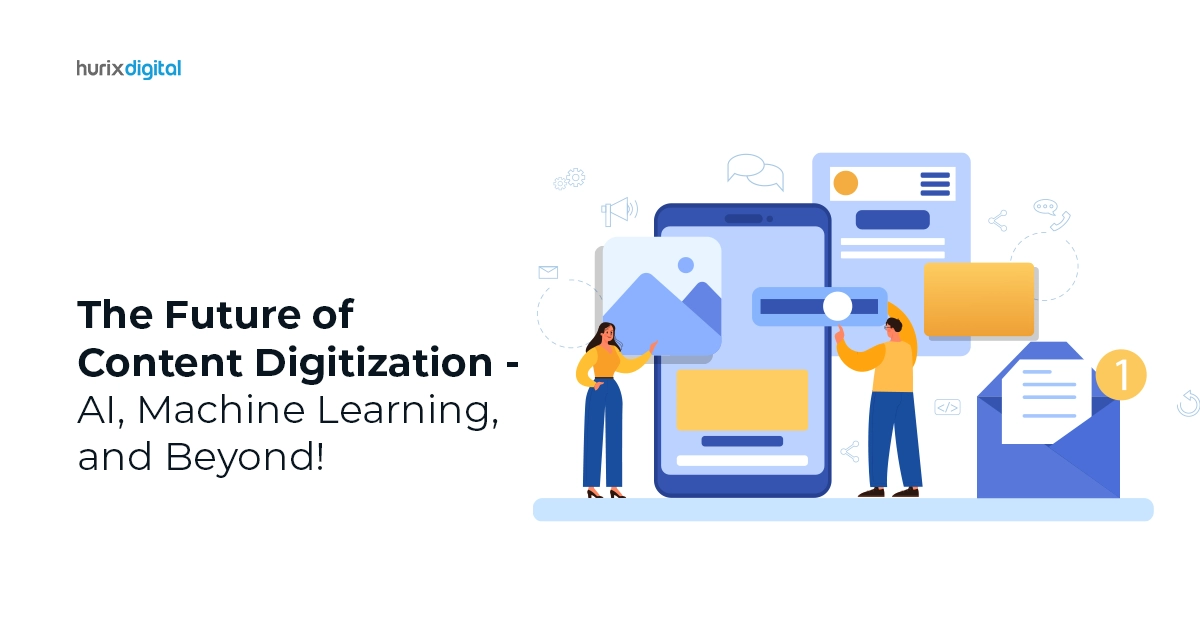
A Guide to Predictive Analytics for Business Excellence
Summary
Discover how predictive analytics can drive business excellence. This blog provides a guide to using data insights for improving decision-making and achieving business goals.
We owe a lot of our success to planning, from personal ventures like saving for a trip abroad to professional tasks like preparing for expected customer demand. In business, estimating future sales and growth is called forecasting or prediction.
How important is this concept? Effective forecasting relies heavily on data gathered through market research. The global market research industry’s revenue surpassed USD 81 billion in 2022 and is expected to continue growing, highlighting the significant role of forecasting.
While traditional forecasting models used to be effective in predicting business volumes, their quality had to grow with evolving technology and markets. Infusing technology and data analytics into forecasting models gives rise to a cutting-edge business forecasting approach called predictive analytics.
This article will delve into predictive analytics, how it is a step up from traditional business forecasting, and its benefits and challenges to offer you a perspective on whether it is the right fit for you.
Table of Contents:
- Predictive Analytics: More Than Just Run-Of-The-Mill Guessing
- How Predictive Analytics Surpasses Traditional Forecasting
- Is It the Right Fit for You? Predictive Analytics’ Benefits and Challenges
- Getting Predictions to Hit the Bull’s Eye
Predictive Analytics: More Than Just Run-Of-The-Mill Guessing
Predictive analytics is an ever-growing forecasting approach incorporating data analytics, machine learning, Artificial Intelligence, and statistical models. Unlike some forecasting models driven by past data or subjectively, this approach goes beyond guessing and out of probability and effectively enters data-driven forecasting.
While elaborating on the more technical bits like systematic analysis and model development would take much more time, it is surprisingly easy to simplify around its goal. Predictive analytics is the process of using data to forecast future outcomes and the resources available. The quality of the data directly impacts how far into the future it can predict and how accurate it will be.
How Predictive Analytics Surpasses Traditional Forecasting
With that bit of predictive analytics in mind, let’s understand how it surpasses traditional business forecasting by focusing on differences in the three main aspects of forecasting methods:
1. Forecasting Approach: Historical Focus vs. Data-Driven
While traditional business forecasting relies heavily on historical data to make future predictions, predictive analytics amalgamates past data, current and future trends, user behaviors, and market intelligence with algorithms to make a more robust data-driven estimation.
2. Depth of Insights: Macro vs. Granular
Traditional forecasting can deliver macro-level predictions like overall sales growth and estimations, but predictive analytics can share estimations on a more granular level, such as product-wise or geographical region-wise forecasts.
3. Adaptability to Change: Rigid vs. Agile
This aspect of forecasting is mainly built on the machine learning models in predictive analytics. While traditional forecasting cannot incorporate sudden market changes or user behavior changes, predictive analytics can continuously learn from and adapt to new data sets to deliver more accurate insights.
Also Read: How Smart eLearning Solutions Boost Your Compliance Training in the Finance Sector
Predictive Analytics’ Work Benefits and Challenges
Despite surpassing traditional forecasting methods in various ways, predictive analytics does come with its unique benefits and challenges. Here is a quick overview to help you understand the pros and cons:
| Benefits | Challenges |
| Enhanced Decision-Making:
The quality of data-driven insights that predictive analytics offers can be applied to critical strategic decisions and across multiple functions, including marketing campaigns, human resource staffing, and even supply chain resource planning |
Data Availability and Quality:
The quality of data must be high and readily available for accurate and reliable predictive analytics results. |
| Reduced Operational Costs:
By applying predictive analytics to infrastructure and security, it can predict expected maintenance patterns and even areas of security concern. This effectively prevents huge costs by avoiding equipment failure and potential fraud. |
Implementation Costs:
Initial setup costs or implementing upgrades can be very expensive, making them unviable for smaller businesses. |
| Competitive Advantage:
Predictive analytics benefits businesses by empowering them to stay ahead of the curve. By anticipating market trends and competitor actions, companies can adjust their strategies and maintain a competitive edge. |
Model Bias and Explainability:
Predictive models are as good as the data they are trained on. Similar to challenges in generative AI, through inaccurate or incomplete data sets, predictive analytics may inherit biases. Also, considering the complexity of the programming models, explaining the method or reason behind the predictions becomes very challenging. |
| Increased Revenue and Profitability:
One of the primary and crucial benefits of using predictive modeling techniques is that organizations can understand customer needs and behavior. This allows organizations to implement better strategies and optimize resources, ultimately leading to better-managed costs and increased turnover. |
Change Management:
Since it is a technologically progressive approach, work cultures may need reorganization. Additionally, employees must be trained to understand and make the best use of the new predictive analytics tools, which are often met with resistance. |
Is it the Right Fit for You? Predictive Analytics’ Benefits and Challenges
With all the relevant pros and cons in mind, you’ll be able to understand what work needs to be done to use predictive analytics effectively.
To give you an idea of whether it is the right fit for you, here are some types of businesses that would benefit from it and others that won’t:
| Businesses That Thrive With Predictive Analytics | Businesses Where Traditional Forecasting Might Still Be King: |
| E-commerce and Retail:
Forecasting customer demand for specific products or categories can be helpful in pricing strategies based on estimated predictive analytics trends. It can also be used to personalize marketing campaigns for higher conversion rates. |
Early-Stage Startups:
Early-stage startups trying to penetrate new markets have limited data and variable patterns. This can hinder the effectiveness of predictive models. Traditional forecasting based on industry trends and market research can provide a good starting point. |
| Financial Services:
Predictive analytics is quite powerful in the BFSI segment. It can assess credit risks, detect fraudulent transactions, and personalize financial products based on customer behavior. |
Small Businesses in Niche Markets:
Limited customer bases and a specific market focus also limit the accuracy and scope of predictive analytics. Traditional forecasting that focuses on industry benchmarks and basic competitor analysis can prove more than adequate. |
| Manufacturing and Supply Chain Management:
Predictive analytics helps anticipate equipment failures, optimize production schedules based on predicted demand, and streamline logistics for efficient inventory management. |
Commodity-Based Businesses with Stable Demand:
Stable demand for commodities tends to follow a reliable pattern. Investing in advanced resources for predictive analytics would not be required in such segments. |
| Media and Entertainment:
Predictive analytics is fundamental to recommending content to users based on their preferences, ad personalization, and even the success prediction of upcoming releases. |
Subscription-Based Services with Predictable Churn:
Like commodity businesses with stable demand, predictive analysis for companies with recurring revenue models and predictable customer attrition would waste resources. |
| Customer service:
Predictive models can analyze customer interactions and predict potential issues. This plays a massive part in improving the quality of proactive support and customer satisfaction. |
Budgetary Constraints or Lack of Data Expertise:
If the implementation, data set setup or training expenses are not cost-effective, traditional forecasting can be used until the situation improves. |
Also Read: Top 7 Blended Learning Resources for Workforce Training and Development
Getting Predictions to Hit the Bull’s Eye
Accurate forecasts empower businesses to prepare effectively. While agility is necessary, businesses must not be forced to be agile due to fluctuations in demand that were not accurately predicted.
Predictive analytics surpasses traditional methods by offering data-driven insights that fuel smarter decisions and boost revenue. However, it is important to remember that it is an expensive investment, requires a constant supply of high-quality data sets, and is often met with change resistance in the organization, which often requires more investment in data collection and change management training.
While not ideal for all businesses, its impact on e-commerce, finance, and supply chains can be transformative. If it aligns with your goals and target audiences, partnering with experts to integrate predictive analytics into your training solutions, learning modules, or business operations is a must and will be a game-changer. As digital solution leaders, the experts at Hurix Digital are the perfect choice for seamless solutions from predictive analytics framework to delivery.
Contact us now to get started!

Performance, Results, Growth, and Life-Long Learning define my professional life. I am passionate about making workplace learning planful, purposeful, and impactful. I take pride in partnering with clients and bringing them the best in learning design and creating solutions that address business challenges.







